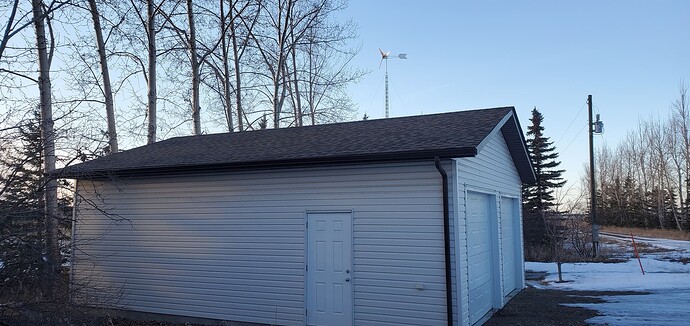Some of you might take an interest in my progress as I add PV to my house. Maybe some of you have done it already! If so, I hope I can learn from you.
I’ll just start this thread as a “feeler” to gauge interest in the topic. I know for some it’s been discussed to death, and in my case I’m not looking for anything unusual. I just totaled my electricity bills from last year and for the 8th year in a row they have gone up. My energy costs are increasing by 12% per year and it just has to stop. There are several ways to address this:
- Change electricity provider
- Reduce consumption
- Produce electricity and sell it
- Produce electricity and use it here
Changing electricity provider
I just did this last month. This will reduce my costs temporarily, because I switched to a retailer who offers term packages. My previous retailer didn’t offer that, and in winter months the price spikes when my consumption is the greatest. However, the actual costs will continue to grow at the same rate, even while I’m locked in. When my term ends, the rate will surely jump again. What attracted me to this retailer is that they have a Hi/Lo rate plan where they will buy electricity exported from a permitted PV generator at almost 3x the base price. That and a neighbour with PV panels on his roof recommended them to me.
Reduce consumption
I’ve already done this extensively, to the point that I have finished many of the “easy” changes. If and when I start buying special appliances, I will pay more for them. This moves me farther away from saving money, not closer.
Produce electricity and sell it
This leads to installing solar and wind and interfacing it to the grid. There are lots of options to choose from and it’s pretty easy. Problems crop up in the mismatch between usage and production. We consume most when it’s dark (evenings and in winter). Worse, the retail rate for electricity covers only 1/3 of the cost of energy. It doesn’t includes transmission and distribution, both of which are behind the ballooning costs. So even if I did produce as much as I consume, my bills to the utility decrease by only 1/3 over each year.
Produce electricity and use it here
This is similar to the above, but you need equipment able to give you more choices. Rather than just export to the grid, your system can throttle consumption from the grid and replace it with the production of your local PV/wind system. This would be the most effective way to reduce consumption of energy from the grid. While my consumption still won’t match my production, with a battery in the system I can skim off the peaks so that what I draw doesn’t have to be as intense. Every kWhr of load that my system can supply is 100% not purchased from the grid. Basically this system costs more, but doubles or triples the rate of return.
So I will be doing all 4 (and as I said, I’ve already done the first 2). If you think I’ve missed something, please let me know. If this sparks some interest, I’ll be happy to share the process as I go along.
